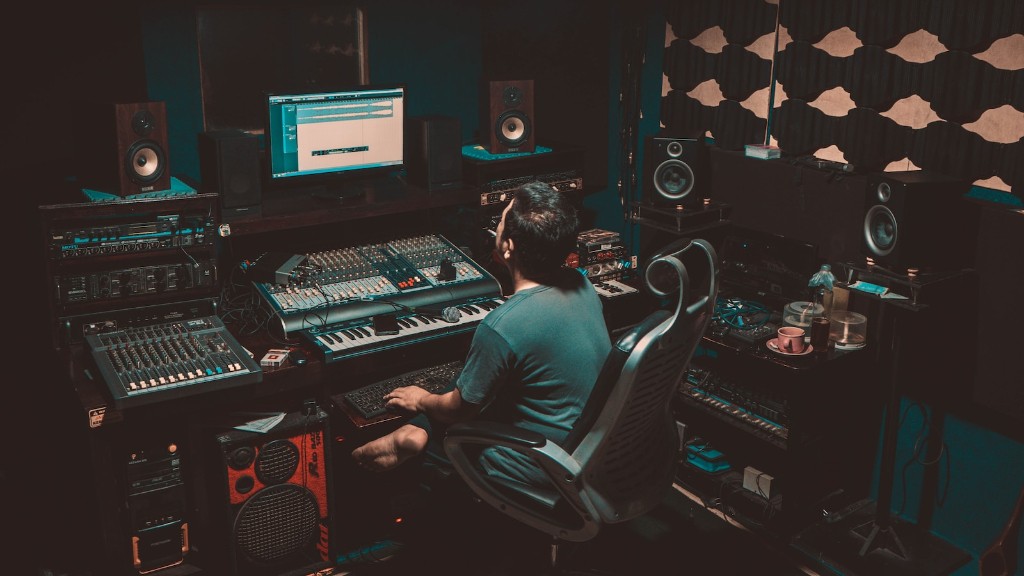Whether you’re just starting out or a masterful artist wanting to brush up on their skills, drawing skeletons is a fun and rewarding skill to perfect. Contrary to what many people think, it is not only about making a skeleton out of bones, but also about capturing its character and expression, or even its grace or strength. To make a skeleton look real and lifelike, there are a few things you should keep in mind.
Using Correct Proportions
The proportions of a skeleton vary according to the size and type of skeleton that you are looking for. For a realistic rendering, find some reference images as a starting point. Pay attention to the right shoulder width, arm and leg length and demarcate the spine correctly. This is essential to making your skeleton appear realistic and draw attention away from its imperfections.
Watch Your outlining
It is important to watch your outline when drawing a skeleton. A haphazardly drawn outline can completely compromise a work, whereas a carefully placed one can draw attention to the finer details and the curvature of the anatomy. Use your reference image to guide you through the process and trace along carefully for a smooth finish.
Getting the Bones Right
Drawing the bones accurately is paramount when drawing a skeleton. Take note of the size, angle and curvature to get it right and always ensure they’re all connected firmly. Use the reference image to trace the shape and length of the bones and don’t forget to leave space between them.
Fleshing Out Your Skeleton
Once the basics are taken care of, it’s time to add texture and value to the skeleton. Use light and dark shades to get the details and give your skeleton some definition. You can add highlights and shadows to make your skeleton look real. Finish it off with a few details like eye sockets,scars and markings to give a distinct character to your skeletal masterpiece.”
Adding Final Touches
Once the foundation of your skeleton is complete, you can start adding the smaller touches that can make for the spine-tingling kind of realism. It’s important at this stage to make sure each bone or piece of anatomy is clearly defined and that the whole painting looks seamless from one bone to the next. Experiment with different materials to give your skeleton an interesting texture and vivid colours.
Creating Personality Through Details
Adding minor details to your skeleton is a great way to give it personality and make it appear more realistic. Adding small areas of discoloration and rust, chips and scratches can really take a skeleton drawing to the next level. Incorporating small details can also help create areas of darkness and light, adding interest to a work.
Setting The Scene
The last and possibly most important step when creating a convincing skeleton is setting the scene. Place the skeleton in a convincing position and setting that tells a story. Add details like chandeliers, cobwebs, drafty furniture, and other props that you deem necessary to create the atmosphere. Finally, don’t forget to sign your drawing and put it to display for all to see.
